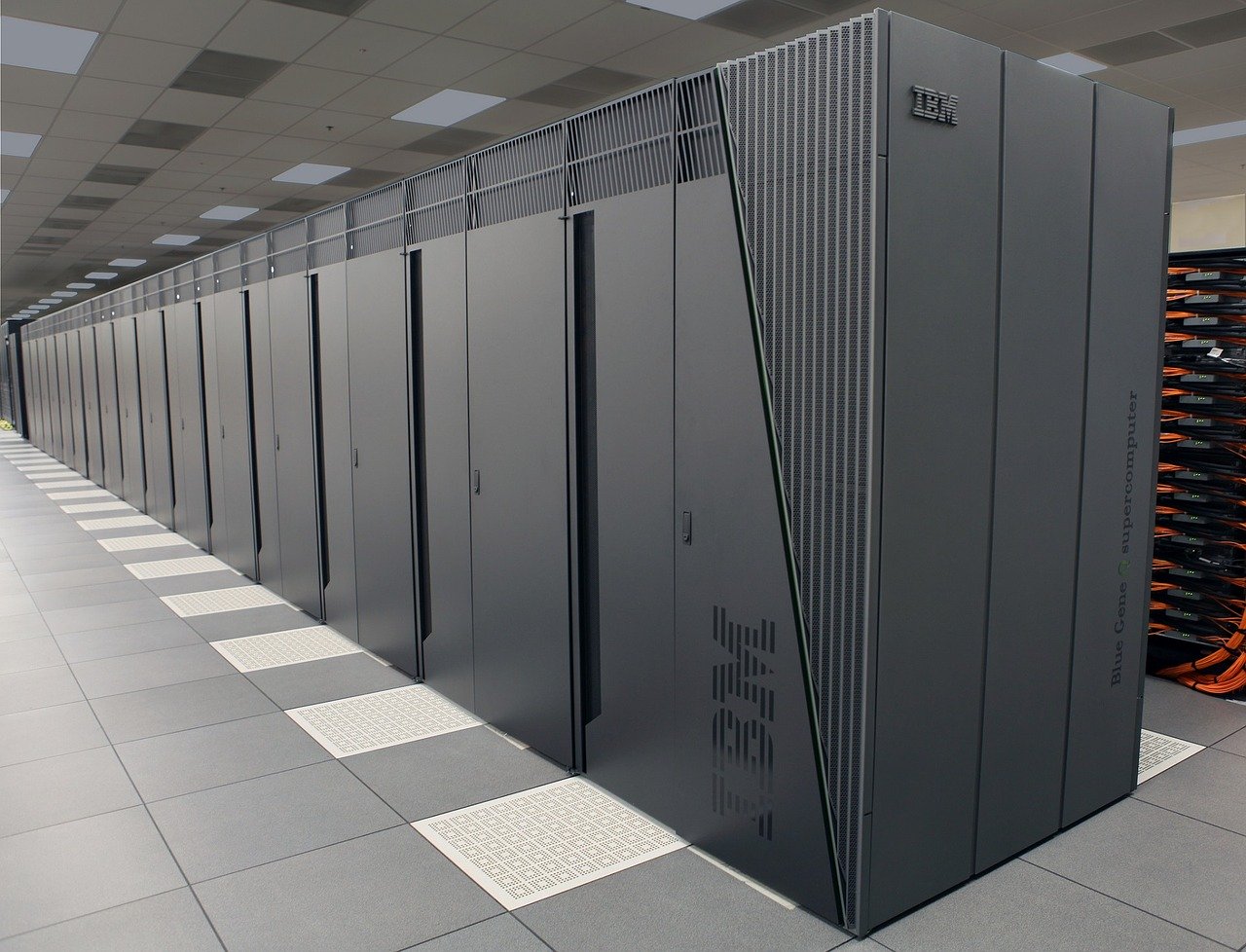
Containers and mainframes are like chalk and cheese: the former, a way of letting code and all its dependencies run smoothly irrespective of infrastructure; the latter, great chunks of infrastructure to which applications are typically wedded. (It is a notorious headache to port them to alternative architectures.)
IBM and Red Hat’s proud announcement today that OpenShift is now generally available for IBM Z and LinuxONE is a big one as a result; offering developers the opportunity to build applications once and run them anywhere – even on an IBM Z mainframe – without extensive architecture-specific finessing.
See also: Intel Throws Its Weight Behind Israeli Mainframe-to-Cloud Backups Minnow
While it has been possible to run Kubernetes on mainframes for some time, the offering will make the integration of applications running on mainframes much easier with those elsewhere in the cloud operating through OpenShift. (RHEL CoreOS is also now available for the Linux on IBM Z and LinuxONE platforms for first time.)
The release represents a major step towards Red Hat CEO Jim Whitehurst (and soon IBM President)’s strategy to “make open hybrid cloud the default architecture” and arguably best encapsulates the logic behind IBM’s $34 billion acquisition.
(OpenShift is Red Hat’s enterprise containers platform. Offered as a managed service, it provides semi-automated installation, upgrades, and life-cycle management across the the container stack—the OS, Kubernetes, and cluster services and applications.)
OpenShift on IBM Z Now Generally Available
Deploying Red Hat OpenShift and IBM Cloud Paks on IBM Z and LinuxONE allows large monolithic applications to be containerised, the two claimed. (The precise process by which Tier 1 applications running in COBOL, for example, can be containerised was not immediately clear: Computer Business Review is pressing the question).
It will, however, involve a new product dubbed “IBM z/OS Cloud Broker“.
Use of the z/OS Cloud Broker will require z/OSMF “set up and configured with Cloud Provisioning and Management for z/OS”. It can run on IBM’s z13, z14, and z15 (all models), as well as LinuxONE Emperor I or II, and LinuxONE Rockhopper I or II.
See also: COBOL Code Bases Metastatise as Enterprises Tinker with Tier 1 Applications
GM, IBM Cognitive Applications Willie Tejada, said: “With this launch, developers can now access a platform with Kubernetes-based tooling, plus fast, built-in security and hardware-driven cryptography, high uptime and resiliency, fast access to your data, and everything else you’ve come to expect from Linux on IBM Z and LinuxONE.
“This opens the door to easier integration with existing solutions that are already using OpenShift in hybrid and multi-cloud models.”
“Containers are the next generation of software-defined compute that enterprises will leverage to accelerate their digital transformation initiatives,” said Gary Chen, Research Director at IDC. “IDC estimates that 71 percent of organizations are in the process of implementing containers and orchestration or are already using them regularly.”
The two companies said in a release: “The availability of OpenShift for Z and LinuxONE is a major milestone for both hybrid multicloud and for enterprise computing. OpenShift supports cloud-native applications being built once and deployed anywhere – and now extends this to on-premises enterprise servers such as IBM Z and LinuxONE.”
See also: Big Blue Reveals IBM Cloud Paks: The Rabbit in its Red Hat Hat






